The Article
SLM Mono Cartridge From Hana
30th April 2018
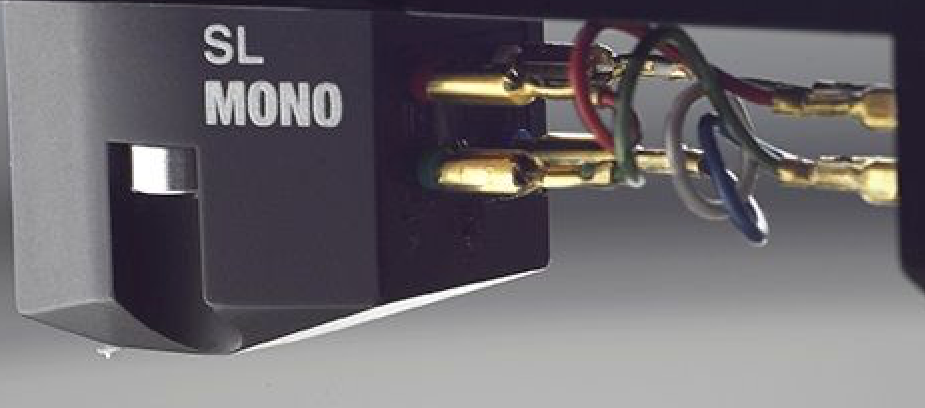
Bacon, Lettuce & Tomato on Shibata? Offering a low output MC mono cartridge, Paul Rigby reviews the Hana SLM
And the point is? If you want to play mono vinyl then you will only get the best sound quality from the disc if you address those grooves with a mono cartridge. Stereo cartridges are just not designed to properly track a mono cartridge. They are designed differently and they move in the groove itself differently, looking to move up and down and left and right instead of merely left and right. Hence, if you place a stereo cart in a mono groove and do what most people tend to do – flick a mono switch on a phono amp to access mono sound – then you only succeed in grabbing around half the possible sonics.
This is when you hear people on social media declaring that mono LPs sound terrible. Is it any wonder? Use the wrong tool for any job and see what happens.
In short and in general terms, a stereo stylus tip in a mono groove produces a wooly bass response with no grip at all while the soundstage falls to pieces and the mids lack any sort of focus.
I have already reviewed two stereo cartridges from the Japanese outfit, Hana, before. In fact, you can read those reviews HERE. Use the latter as a general reference because this mono cartridge offers a similar construction to its stereo sisters.
The SLM design arrives with a Shibata stylus tip on an aluminium cantilever demanding 2g in tracking force and is created to 0.7mil size. This means that this cart is ideal for later mono originals (generally – and I mean very, very, generally – any mono disc after 1965 or so…but the date remains arbitrary, leave a comment below if you want more information on this). In addition, if you ever see a newly created mono pressing, then this cartridge is exactly what you need because those grooves will be 0.7mil too.
Older mono discs, pre-1965 (ish), really need a larger 1mil tip. That said, you can still play this 0.7mil tipped cartridge on older discs without damaging them and it will still sound a whole lot better than a stereo tip so the Hana acts as a useful compromise.
In preparation for the sound tests, I brought in a Myajima Kotetu mono cartridge and mono cuts from The Beatles (from the Mono Master vinyl box set) and an original mono vinyl pressing from Nat King Cole.
SOUND QUALITY
Beginning with The Beatles and Good Day Sunshine, from the LP Revolver (1966) I wanted to check the bass on this track from the lower frequency positioned piano at the rear of the soundstage and how that reacted with the percussion. Also, on this fine remaster, the cymbals shouldn’t splash, they should ‘pulse’, after the initial hit, to spread from that point of contact and fall. Hence, the volume should increase slightly before falling away.
One of the issues with mono cartridges, especially when you consider the varying tip size, is how they track a groove and how the stylus tip sits within it. Now, the bass should be perfect here as both the stylus tip and groove size should be exactly the same, 0.7mil.
In practice there is plenty of bass on offer and most comes from the lower registers of the prominent piano which the SLM controls enough to prevent blooming and to stop bleeding affecting the lead vocal. That lead vocal, from Paul McCartney, is clear open and full of complex textures as he bends his vocal chords for effect. It remains open and full of tiny details which the Hana presents effectively. Similarly, Lennon’s harmony backing is both heard as an effective support but there is enough separation in the Hana’s presentation to allow the ear to recognise that Lennon’s voice is, in fact, a separate one.
Ringo Starr’s drums are well described by the Hana, both in terms of the point impact of the drum stick and that pulsing cymbal sound which is essential to recognise on this track.
Even the subtle effects are heard here, the low key secondary tambourine effect (at least, that’s what it sounds like) at the beginning of the track and Lennon’s sotto voce “She does.” to McCartney’s initial “She feels fine.” line. A background interjection that can easily be missed from any cartridge lacking midrange insight. Obviously, the Hana has no issues there.
I moved to Time and the River from Nat King Cole’s LP, Looking Back (Capitol) featuring one of those twangy bass guitars that supplied the lower frequency output for this song. This guitar offered a focused and bouncy beat, providing a supportive foundation for the track and a rhythmic base.
Cole’s vocal was clear, open and emotive, portraying his legendary smooth delivery very well while I was happy to hear the instrumental separation between the piano and percussion, both of which sat at the rear of the soundstage but both offering enough space to project their character and detail successfully
CONCLUSION
There is a gentle sense of clarity from the Hana SLM that reflects an easy manner but combined with an essential focus that maintains a firm but not muscle-bound discipline. The frequency control is not too overt, that is. Most of this is due to an inherent focus and precision that allows detail to be easily accessible by the ear. Listening to mono vinyl with a mono cartridge remains one of the little known joys of hi-fi. The Hana SLM helps to shine a valuable light on this still undervalued format.
Hana SLM Mono Cartridge
Price: £599
Web: www.airaudio.co.uk
Tel: 01491 629629
TO BUY CLICK BELOW:
GOOD: precision, midrange detail, ordered soundstage, focused bass
BAD: nothing at the price
RATING: 8
[Don’t forget to check out my new Facebook Group, The Audiophile Man: Hi-Fi & Music here: www.facebook.com/groups/theaudiophileman for exclusive postings, exclusive editorial and more!]
REFERENCE
Origin Live Sovereign turntable
Origin Live Enterprise 12″ arm
Myajima Kotetu
Icon PS3 phono amplifier
Aesthetix Calypso pre-amp
Icon Audio MB845 Mk.II monoblock amplifiers
Quad ESL-57 speakers with One Thing upgrade
Vertex AQ & Tellurium Q cable
Blue Horizon Professional Rack System
Harmonic Resolution Systems Noise Reduction Components
All vinyl was cleaned using an Audio Desk’s Ultrasonic Pro Vinyl Cleaner

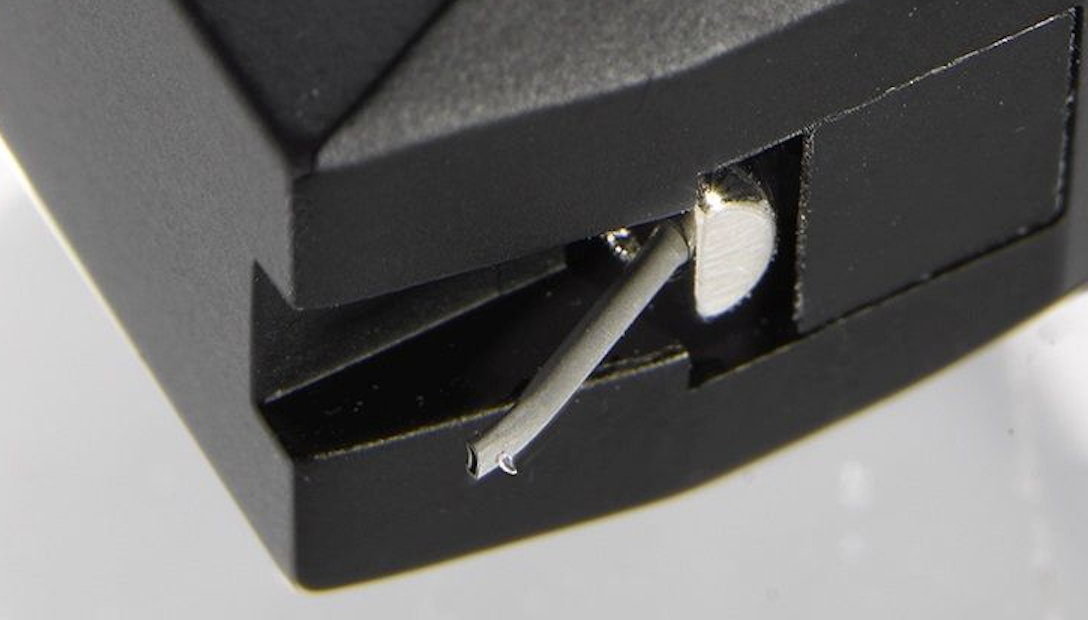
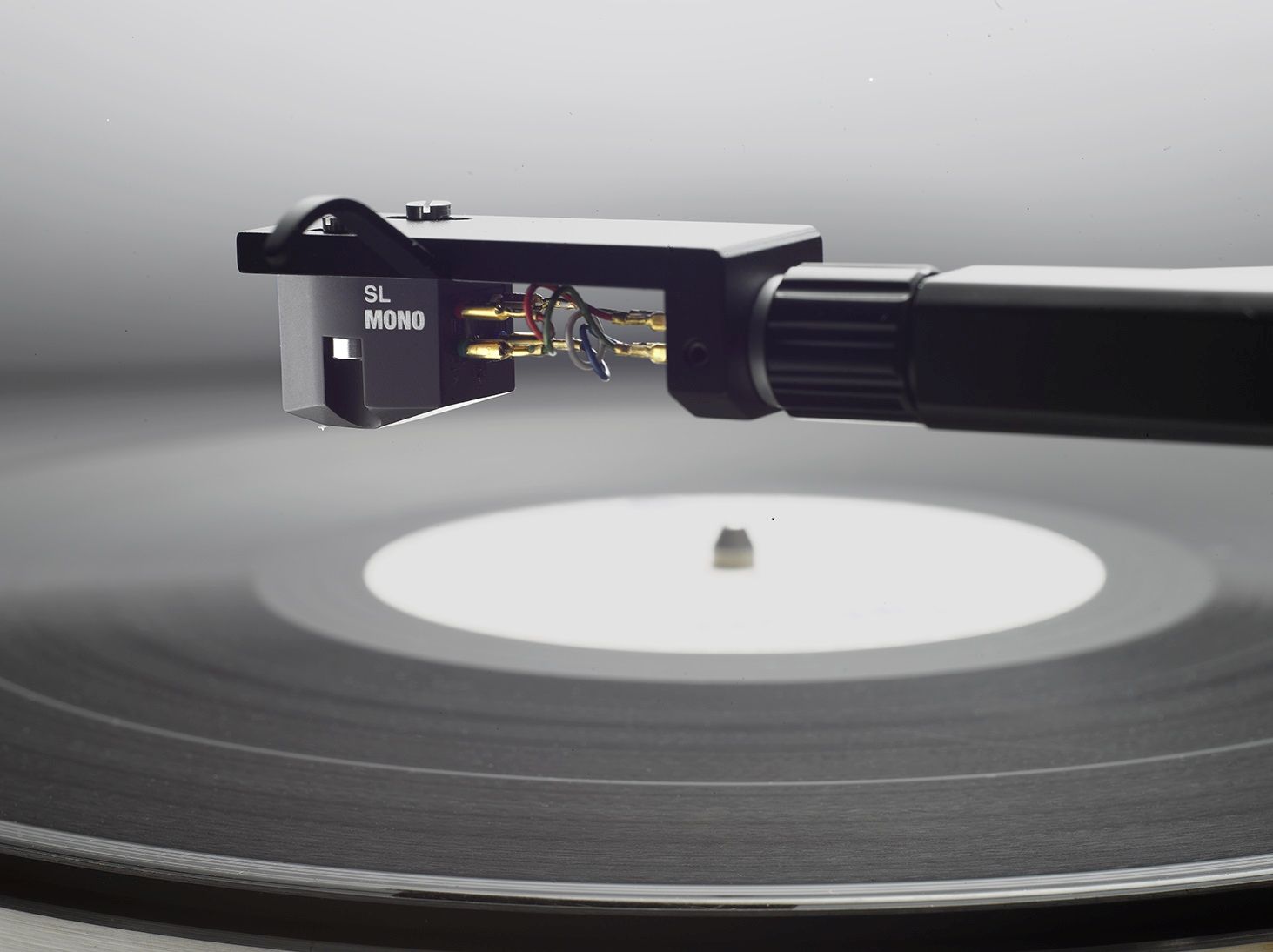
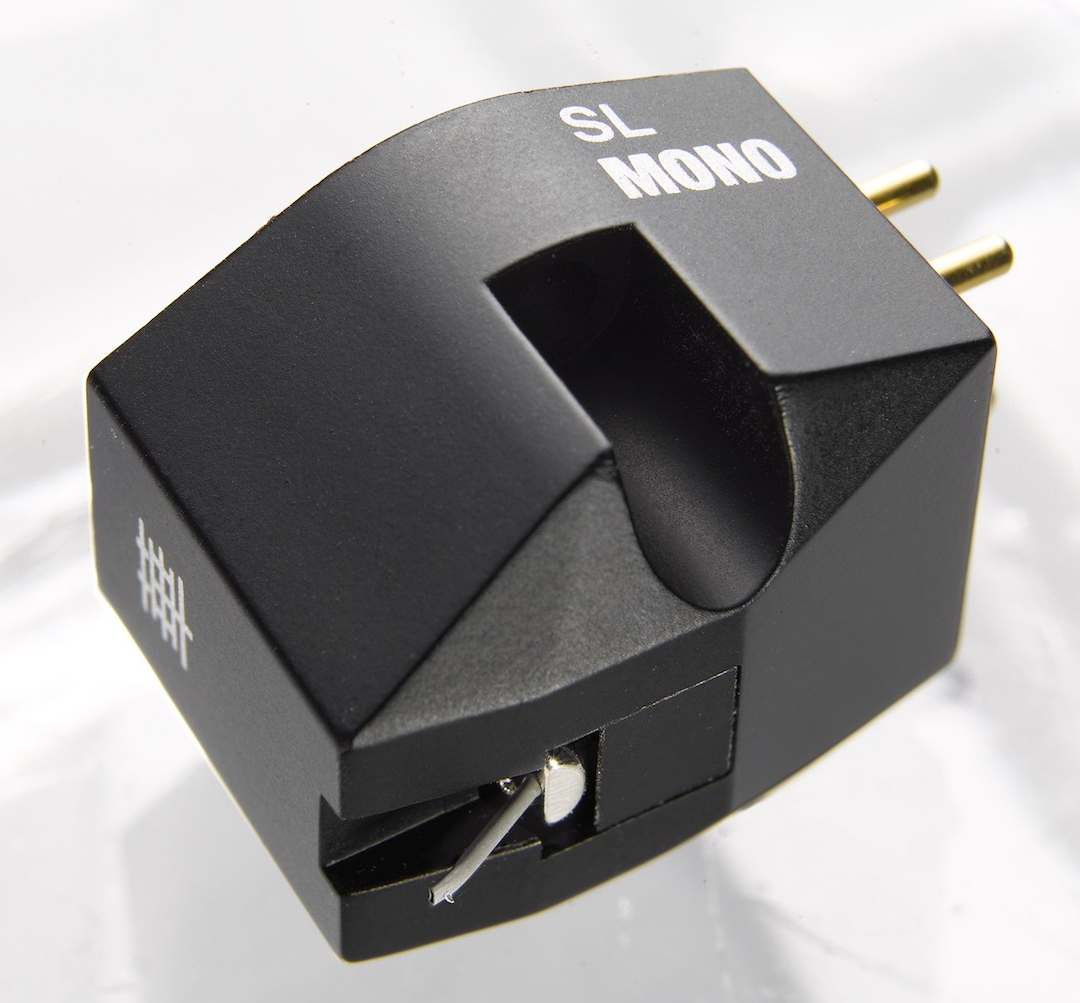
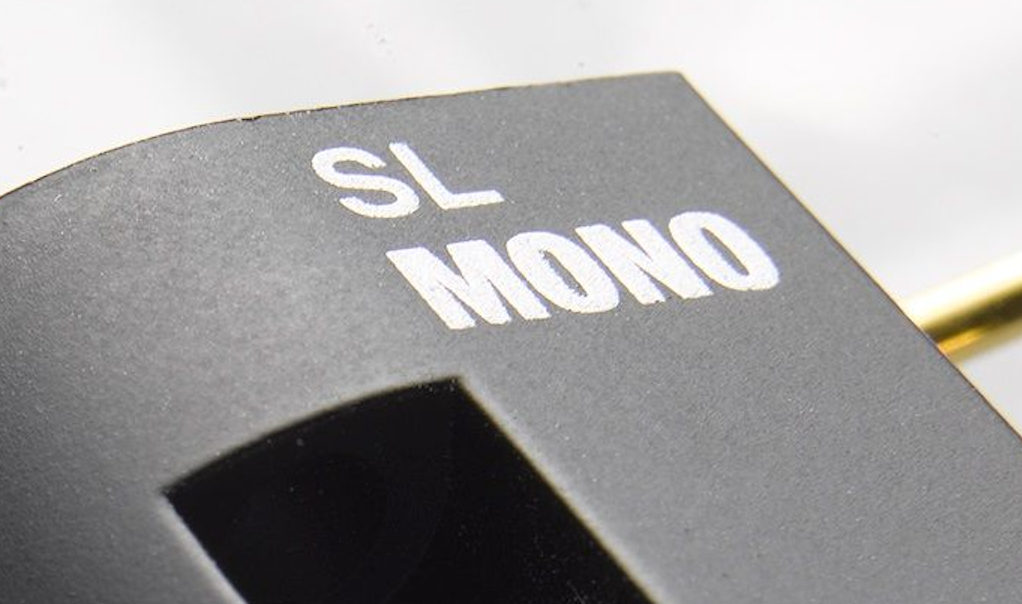



I had wondered how the Beatles In Mono boxset would play on my turntable with a stereo cartridge. Need a Mono cartridge then? If only I could fit a second arm…
Hi John – they would sound ‘ok’ but you’d lose a lot of information. The sound wouldn’t be impressive. Nice, just not impressive. A mono cart would allow the LPs to shine. What turntable are you using?
What makes this a “mono” cartridge? Does it limit cantilever movement to lateral movement and have a single coil, or is it just a stereo cartridge strapped to mono?
Hi Trey – I know very little about the engineering of this Japanese cart but suspect that it’s been modified from their stereo models. This is not unusual – Ortofon apparently do the same thing. There are very few ‘ground up’ mono carts out there. My favourite is Miyajima: https://theaudiophileman.com/kotetu-and-the-zero/
I suspect you’re right. EMT has a single-coil mono cartridge, but it’s designed with vertical compliance (in essence, it’s a TSD 15 with a single coil re-oriented to pick up only lateral signals, although the signal goes to both sets of output pins). Thanks.
Your response to the Beatles mono question leads to a related concern of mine. I have been unable to get a definitive response to a question re Acoustic Sounds mono reissues, when asking if they are cut using a mono or a stereo lathe. Only response was “you can use a stereo cart”. I wish to play these “new” LPs, like my vintage mono LPs on my dedicated vintage mono system. What is your advice?
Is this the retailer Barry? I would love to be corrected on this – I really would – but I would say that no retailer understands mono. So, best advice? Ignore them. Or do you mean Analogue Productions? Which mono reissues are you referring to? Again, I would recommend playing mono LPs with the correct tool – a mono cart. It’s a bit like trying to turn a Philips-type cross-head screw with a flat head screwdriver. It can be done but only badly.
According to Sean Davies, the Beatles in Mono reissues were cut with a full-track (mono) tape deck, whereas the actual lathe head was a stereo one. That doesn’t mean it isn’t a “mono” cut, as the lacquers cut have only lateral grooves present, not vertical AND lateral, as you would find on a actual stereo groove.
I wonder in a real world comparison what, if any, sonic differences would be hear when a mono record is played back with a Hana stereo summed into mono at the preamp v. playback with the Hana mono. Any thoughts?
Nice question Ed 🙂 That said, the mono is designed to focus only on lateral – left and right – movements while the stereo is designed to also handle vertical movements too. So no, the mono will always win out on that score in terms of basic sonics. That is, the right tool for the right job will always sound superior.
I’m puzzled about your statement that the SL Mono uses a .7 mil tip for several reasons.
Firstly, any stylus shape that isn’t spherical has both a minor and major radius measurement. For example, the Ortofon 2M Black has a 0.23 mil (minor radius) x 1.97 mil (major radius) Shibata tylus. A single number for a Shibata tip doesn’t really make sense.
Secondly, a .7 mil minor radius would be too fat for the minor radius of a Shibata, and too skinny for the major radius of a Shibata. .7 mil would be much more typical of a spherical stylus, and common amongst some mono carts. For example, the AT33 Mono uses a .60 mil spherical stylus.
It would be great if you could check with Hana to clarify the measurements.
Hi DD – you’re absolutely right. I think the Hana tip measures around 0.27 x 1.57mil. What I was referring to – and it’s a common short-hand figure when referring to mono carts – was the groove it was expected to play. They are generally assigned to 0.7mil for mono grooves dated somewhere around 1965 and to the present day (although the exact date is pretty nebulous) and 1mil for mono grooves pressed before that figure (although, as I say, that depends on various factors). In fact, there was more variation in mono groove sizes than that, I believe. Something I need to research.
–ö—Ä—É—Ç–æ, –∫—Ä—É—Ç–æ! –ù–µ–∫–æ—Ç–æ—Ä—ã–µ –æ—á–µ–Ω—å –¥–µ–π—Å—Ç–≤–∏—Ç–µ–ª—å–Ω—ã–µ –ø—É–Ω–∫—Ç—ã!
–Ø —Ü–µ–Ω—é, —á—Ç–æ –≤—ã –ø–∏—à–µ—Ç–µ —ç—Ç–æ
write-up –ø–ª—é—Å –æ—Å—Ç–∞–ª—å–Ω–∞—è —á–∞—Å—Ç—å website
is —Ç–∞–∫–∂–µ –æ—á–µ–Ω—å —Ö–æ—Ä–æ—à–æ.
–ü—Ä–∏–≤–µ—Ç, —è –¥—É–º–∞—é —ç—Ç–æ –∑–¥–æ—Ä–æ–≤–æ –≤–µ–±-—Å–∞–π—Ç .
–Ø —Å–ø–æ—Ç—ã–∫–∞—é—Å—å –æ–± —ç—Ç–æ–º;) –Ø –º–æ–≥—É
–ø–µ—Ä–µ—Å–º–∞—Ç—Ä–∏–≤–∞—é –µ—â–µ —Ä–∞–∑ —Ç–∞–∫ –∫–∞–∫ —è —Å–æ—Ö—Ä–∞–Ω–µ–Ω–Ω—ã–π –∫–∞–∫ –ª—é–±–∏–º—ã–π
—ç—Ç–æ.
Thanks for your kind comments 🙂
Ortofon claims that their Shibata-cut 2M Mono SE, because of its wide major radius, can be used to play mono records of ANY era, even wider 1 mil mono grooves. I assume the same logic would apply to the Shibata-cut Hana SLM Mono.
Yes indeed and technically that appears so. That said, I find that the carts designed for a specific groove size to sound better (in general terms, that is).